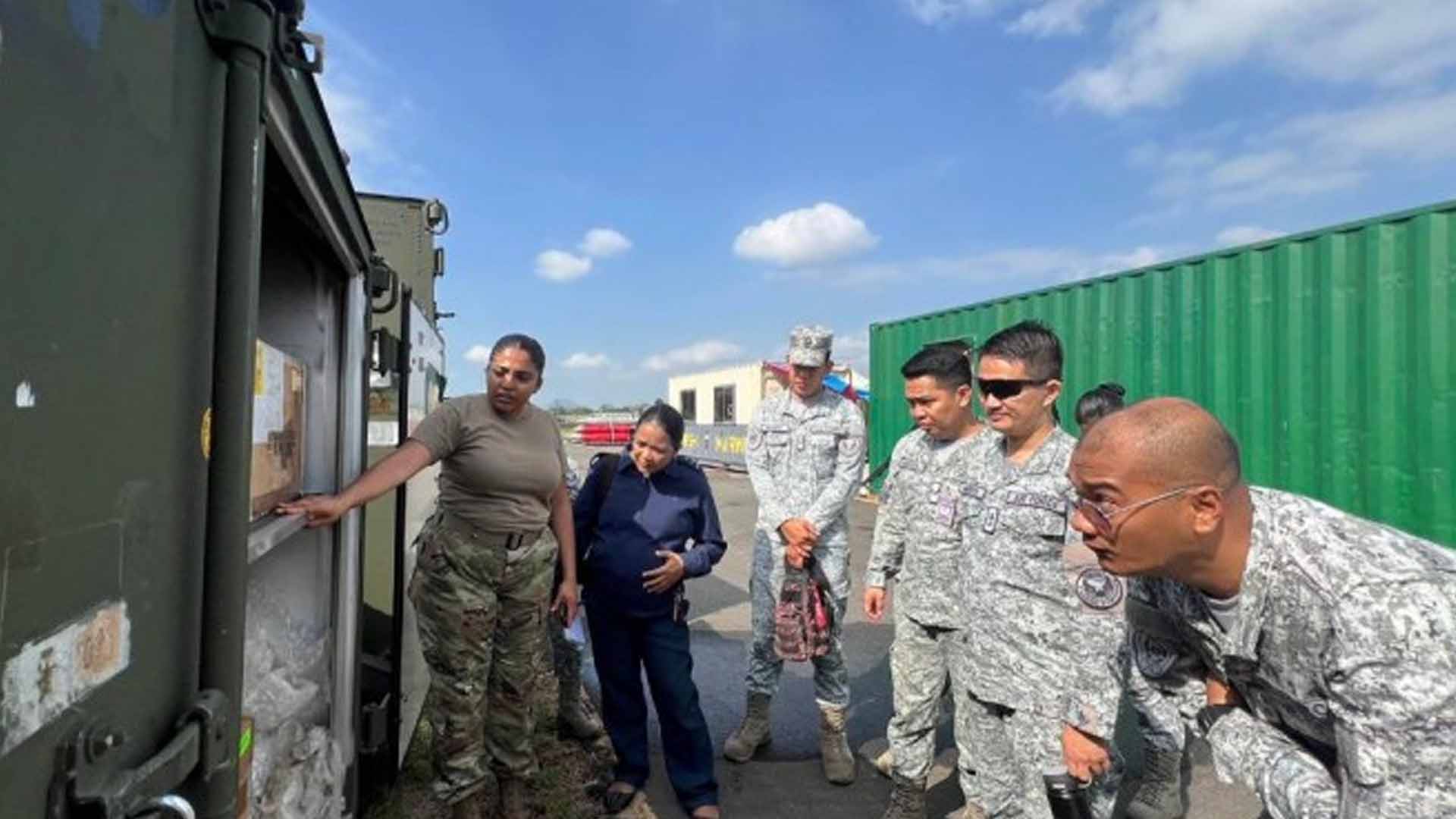Philippine Air Force (PAF) personnel and their counterparts from the United States Air Force (USAF) exchanged their services’ best practices on aircraft maintenance, supply, and logistics management during the ongoing Cope Thunder Philippines (CT PH 24-1) exercises.
PAF spokesperson Col. Ma. Consuelo Castillo, in a statement Wednesday, said this “subject matter expert exchange” (SMEE) took place at Basa Air Base in Floridablanca, Pampanga on Tuesday.
“The PAF and USAF airmen exchanged best practices on maintaining open communication with suppliers, enhancing the Logistics Information System (LIS) for better spare parts sustainability and storage, and emphasizing the importance of an engine test cell in maintenance facilities,” she added. The SMEE was led by the 35th Logistics Readiness Squadron (LRS) of the USAF.
“This collaboration underscores the ongoing commitment of the PAF to continuous improvement and excellence in aviation operations,” Castillo said.
The CT PH 24 -1, which runs from April 8 to 19, will have a second iteration this coming June.
The bilateral exercise includes logistics and mission support planning and execution that are necessary in large force deployment, Castillo added.
This will also prepare the PAF for its anticipated participation in Pitch Black Exercise 2024 in Australia in July.
The exercise is part of the Mutual Defense Board and Security Engagement Board activities for this year.
Sharpening aerial combat skills
On Wednesday, Filipino and American fighter pilots flying FA-50PHs and F-16 jet fighters once again honed their air combat maneuvers (ACM) skills over an intensive military training area located west of Zambales province.
“Complex simulated air combat scenarios were conducted to further sharpen the skills of pilots in effectively engaging and surviving in air combat situations. These efforts are crucial in preparing for upcoming Large Force Employment (LFE) missions during ‘Balikatan’ Exercises 2024,” Castillo noted.
She said these drills significantly contribute to enhancing pilot proficiency in aerial combat and foster stronger coordination between the Philippine and US Air Forces.
Littoral drills for ‘Balikatan’
As this developed, “Balikatan” 2024 executive agent Col. Michael Logico said this year’s varied geographical locations, especially those involving littoral areas present wider benefits for training.
Littoral refers to areas near shores or a coastal region.
“(These) geographical locations present a wider benefit for training. as I mentioned previously, all of our exercise prior to 2020 were all done inside our military camps like Fort Magsaysay (in Nueva Ecija), CERAB (Col. Ernesto Rabina Air Base), Crow Valley (in Tarlac), you perform an exercise within a military camp, and you have been doing it so many times, it no longer presents any challenges, no more surprises and it limits also the involvement of the capabilities that you want,” he added in a briefing Tuesday.
This year’s “Balikatan” exercises, set from April 22 to May 10, involve various locations in Luzon and maritime drills off Palawan.
“What we want to do is we want to train our AFP in joint capabilities, that means all of the services have to be working together. Think of it like an engine that has all pistons pumping at the same time so these new geographic locations actually provide (more) learning opportunities from the part of the Armed Forces not only on a tactical level but also on the operational level,” he added. (PNA)






















